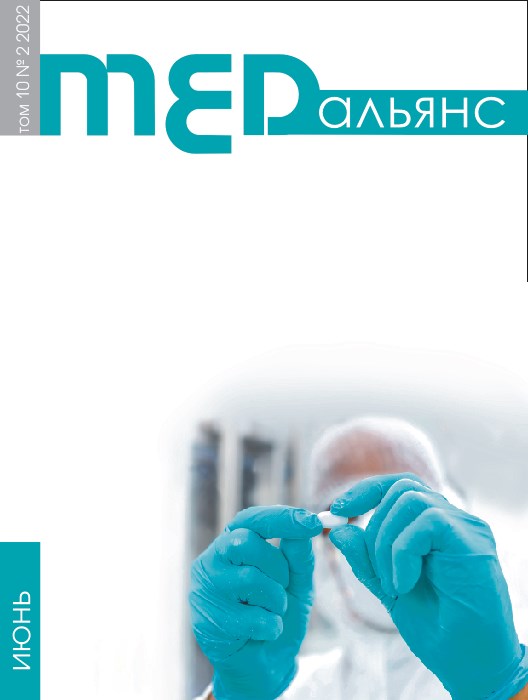Abstract
Del 22q11.2 syndrome is one of the most frequent genetic syndromes with clinical manifestations of immune deficiency, congenital heart defect, including aplasia or hypoplasia of thymus, and pathology of other organs.
Disseminating knowledge about this syndrome among practicing pediatricians will allow not only to timely diag nose, but also to increase the life span of patients thanks to adequate management. In most cases, 22q11.2 deletion is detected during the study, of those 93% are sporadic cases, and only 7% inherited from parents, the incidence being from 1:3,000 to 1:6,000 of newborns, and 1:1,000-2,000 for some types of populations. More than 190 clinical variants of Di George syndrome symptoms have been described in all. Usually, DiGeorge syndrome is a combination of three most frequently observed forms: congenital heart defect, aplasia or hypoplasia of thymus, hypocalcaemia due to hypoplasia of parathyroid gland.
The objective of therapy is to correct life-threatening conditions and improve quality of life by correcting morphological defects, infectious complications treatment and immunity defects compensation. Two clinical cases are presented in the article. First case: 3 year old, linked to care due to retardation of speech development, brain
cyst, relapsing bronchial obstruction, choking when consuming solid food, one-time precedent of febrile seizure and hypocalcaemia, which was diagnosed by accident but turned out to be a key to diagnosis. Second case: 9 year old, tetralogy of Fallot surgery at 3 months. Observed due to relapsing bronchial obstruction and frequent but mild respiratory infections. No hypocalcaemia, no seizures. Hypoplasia of thymus was diagnosed but focused upon only at age of 9 years.

